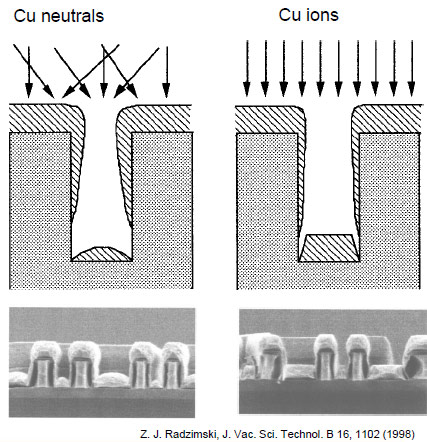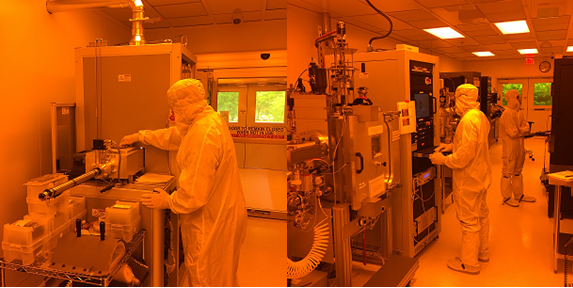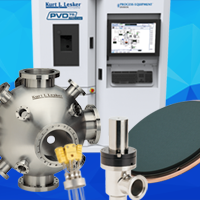November 28, 2017 | By KJLC Innovate

The Kurt J. Lesker Company® (KJLC®), a global manufacturer of vacuum systems, thin film deposition tools and vacuum components, today announced that the United States Patent and Trademark Office has issued US patent number 9,695,510, 'Atomic Layer Deposition Apparatus and Process', covering the design of an atomic layer deposition system and the process to use that system to deposit highly precise and conformal thin films. This proprietary technology substantially reduces the interaction of various precursor gas molecules with the internal surfaces of the reaction chamber and enables actual focusing of gas streams to more effectively coat the surface of arbitrarily large substrates.
Read More
Tags:
INNOVATE
Systems
Vacuum Science
Deposition Techniques
November 28, 2017 | By KJLC Blog

On 6 November 2017 our Jason Hrebik and J.R. Gaines delivered presentations at the 70th annual conference on Gaseous Electronics (GEC2017), held at the Doubletree Hotel, Green Tree, PA. Hrebik displayed his expertise through a presentation on the capabilities and benefits of the High Power Impulse Sputtering (HiPIMs) process and provided the audience with an introduction to the new KJLC Impulse™ power supply. The conference featured a group of presentations from industrial companies, including LAM Research, Applied Materials, and Tokyo Electron. Gaines capped off the afternoon session with a review of the practical issues associated with the integration and application of plasmas in Plasma-Enhanced Atomic Layer Deposition (PEALD).
Read More
Tags:
Vacuum Science
Deposition Techniques
October 25, 2017 | By KJLC Innovate

In a July 2017 publication, Drs. André Anders and Yuchen Yang provide an enhanced description of the flows and energy of electrons at the face of a magnetron sputter cathode. By combining a unique imaging process and a linear cathode (target) the researchers were able to generate a series of time/space images which shows plasma instabilities driven by the motion of electrons, within the cathode's magnetic field. The images show the effects on plasma flow for both conventional DC magnetron sputtering (dcMS) and also high power impulse magnetron sputtering (HiPIMs). The full paper is available on line at http://aip.scitation.org/doi/10.1063/1.4994192.
Read More
Tags:
INNOVATE
Vacuum Science
Deposition Techniques
May 15, 2017 | By KJLC Blog

With the dramatic growth expected in many industries which require high temperature vacuum systems such as space simulation systems, 3D printing of metal components, the manufacture of single crystals for the LED and semiconductors and others, alternatives to traditional water cooling approaches may offer performance gains coupled with reduced costs. Temperature control for these applications can take several forms. In the case of space simulation, the vacuum system is designed to duplicate the temperature (and pressure) extremes that will be experienced by satellites in earth orbit, or beyond, which may require rapid cycling from -130°C to +130°C. For crystal growing, using methods such as the Kyropoulos process, where a crystal is 'pulled' from a melt of material, such as silicon, the internal temperature of a vacuum system may reach +1,450°C. In one case, the temperature control system for the vacuum chamber is designed to provide a user-specified profile of cold-to-hot and in another the system is required to safely mitigate and protect the system from the extreme temperature required to liquify silicon.
Read More
Tags:
Vacuum Science
February 20, 2017 | By KJLC Innovate

Next generation vacuum deposition systems must evolve in order to keep pace with the ongoing evolution of thin film materials and devices. Researchers seeking to pursue new areas, such as biomedical devices, 2D materials, specialized magnetics and oxide-based films need new tools to support their work. The frontiers of materials science, particularly at the intersection of biology and thin film deposition, have brought new materials into the vacuum space that were never intended to be there.
Read More
Tags:
INNOVATE
Systems
Vacuum Science
Deposition Techniques









